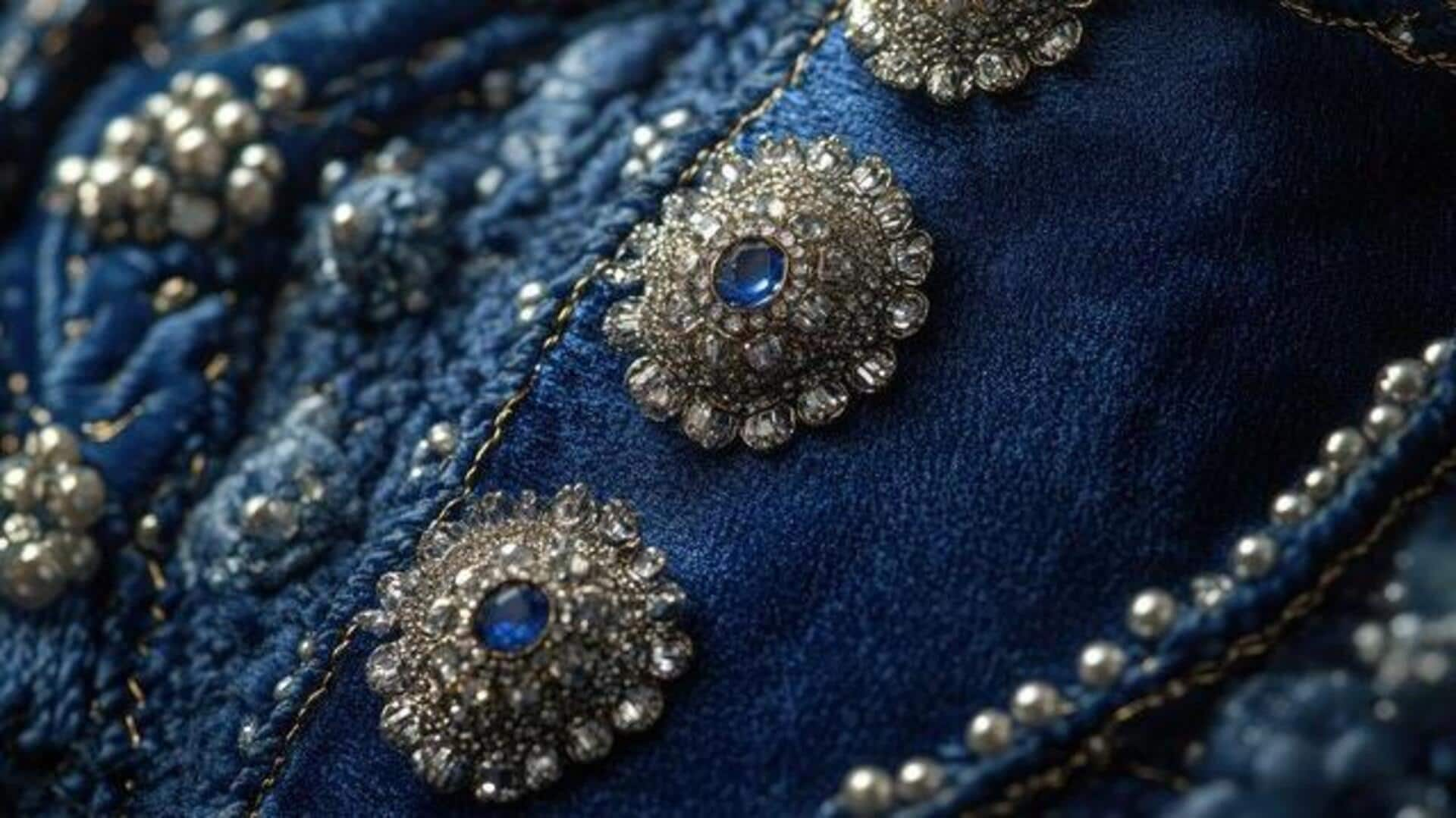
How to transform old fabrics into stylish fashion pieces
What's the story
Transforming old African sheets into fashion pieces is an innovative way to marry tradition with modern style. These vibrant textiles, often steeped in history and culture, can be repurposed to make unique clothing items that steal the show. This not only promotes sustainability by recycling the material but also pays homage to African heritage through fashion. Here are some tips on how to ace this transformation of traditional fabrics into cutting-edge fashion pieces.
Fabric selection
Choose the right fabric patterns
Selecting the right fabric pattern is essential when converting old African sheets into fashion pieces. Search for patterns that speak to contemporary trends, while retaining their cultural significance. Bold colors and intricate designs can form a statement piece, whereas subtle patterns could be more versatile for everyday wear. Knowing the balance between traditional aesthetics and modern appeal will influence your fabric choices.
Design approach
Incorporate modern silhouettes
Incorporating modern silhouettes is key to making traditional fabrics fashionable. Try using these textiles to make trendy pieces such as skirts, jackets, or dresses with modern cuts. By mixing old-school materials with contemporary styles, designers can make them appealing to a wider audience while keeping their cultural roots intact.
Accessory integration
Utilize accessories for added flair
Accessories can further elevate the overall appearance of clothes made from old African sheets. Think of incorporating pieces like belts, scarves, or headbands made with matching or contrasting fabrics. These accessories not only complete the main outfit, but also offer additional chances to display the beauty of traditional textiles in a contemporary way.
Sustainability emphasis
Focus on sustainable practices
Emphasizing sustainability is key when transforming old African sheets into new fashion items. By repurposing existing materials instead of sourcing new ones, you help reduce waste and promote eco-friendly practices in the fashion industry. This approach also aligns with the growing consumer demand for sustainable products and highlights your commitment to environmental responsibility.
Customization ideas
Experiment with customization options
Experimenting with customization options can give your pieces a personal touch, making each item unique to its wearer. Think about adding personalized elements, such as embroidery or patchwork, that reflect individual tastes, while still honoring the culture. Not only does customization add value, but it also ensures that each garment is special and stands apart from mass-produced alternatives.